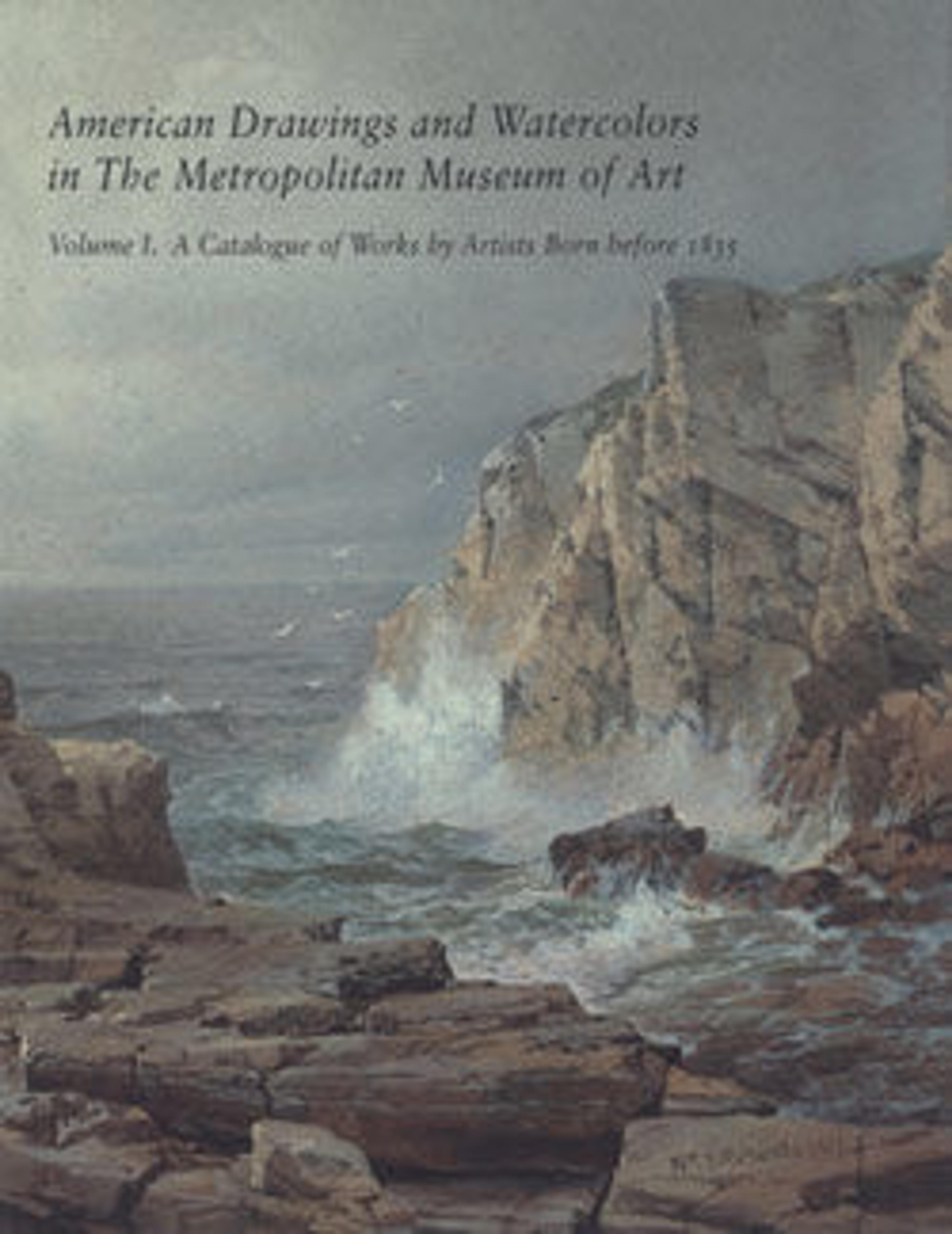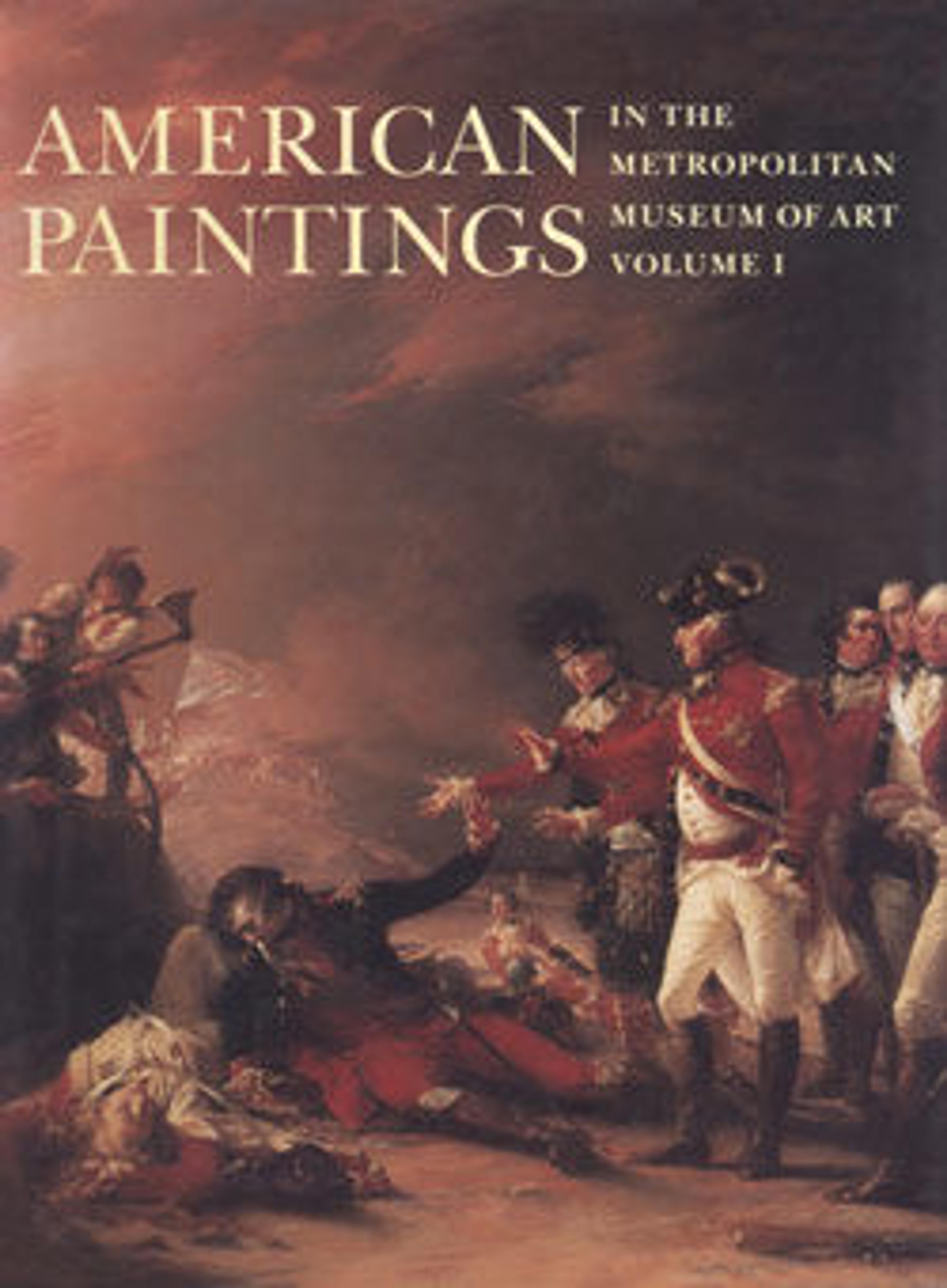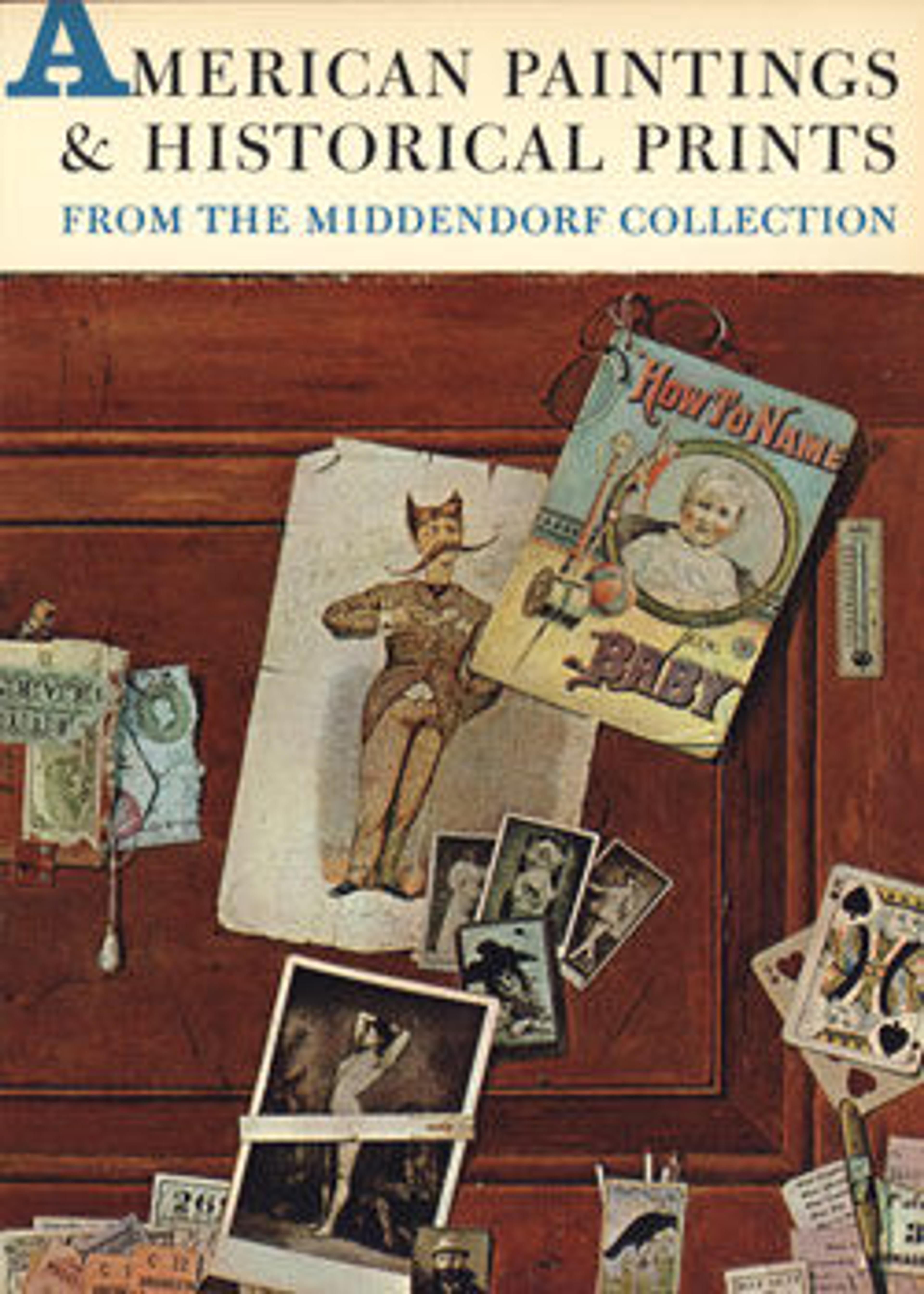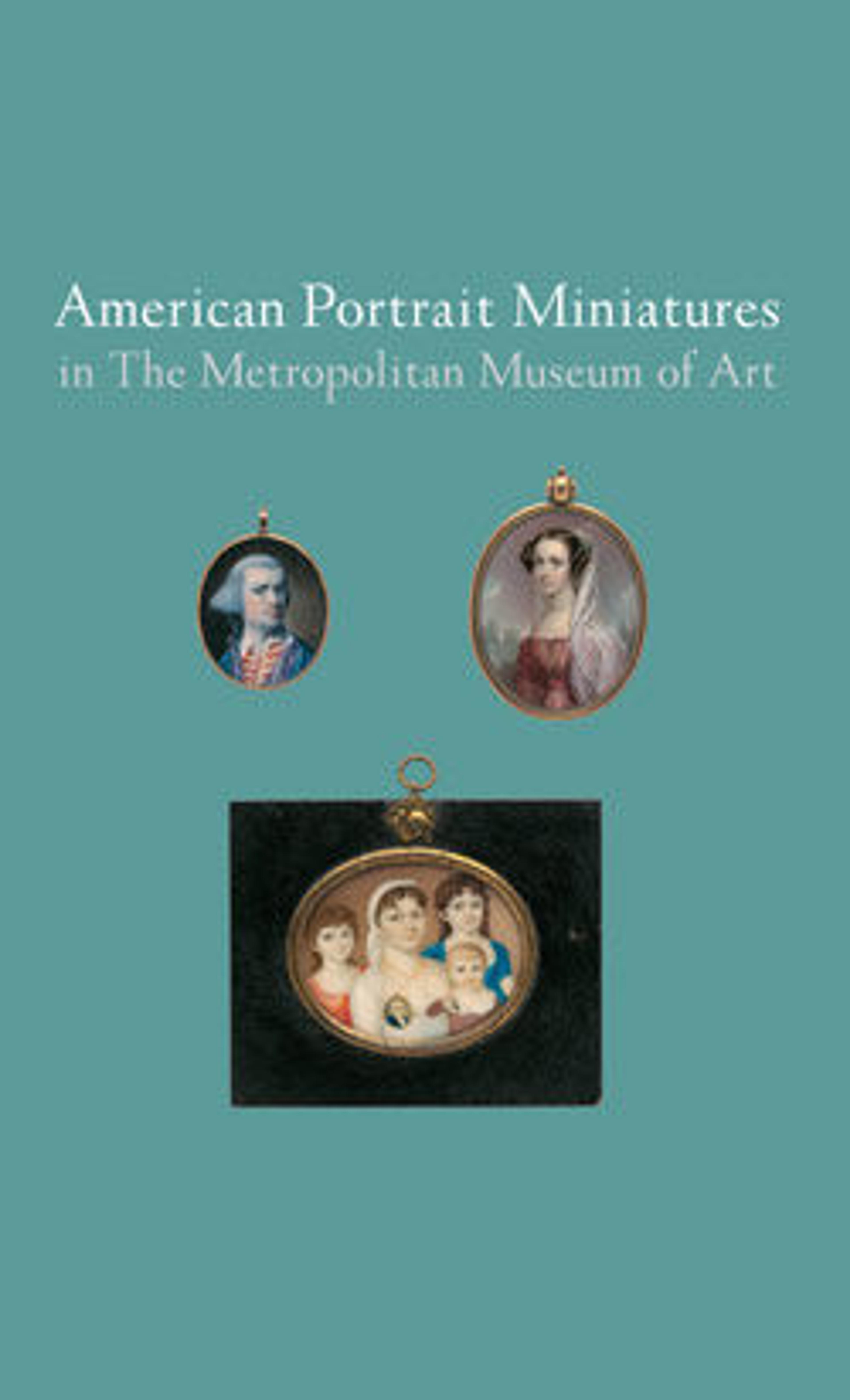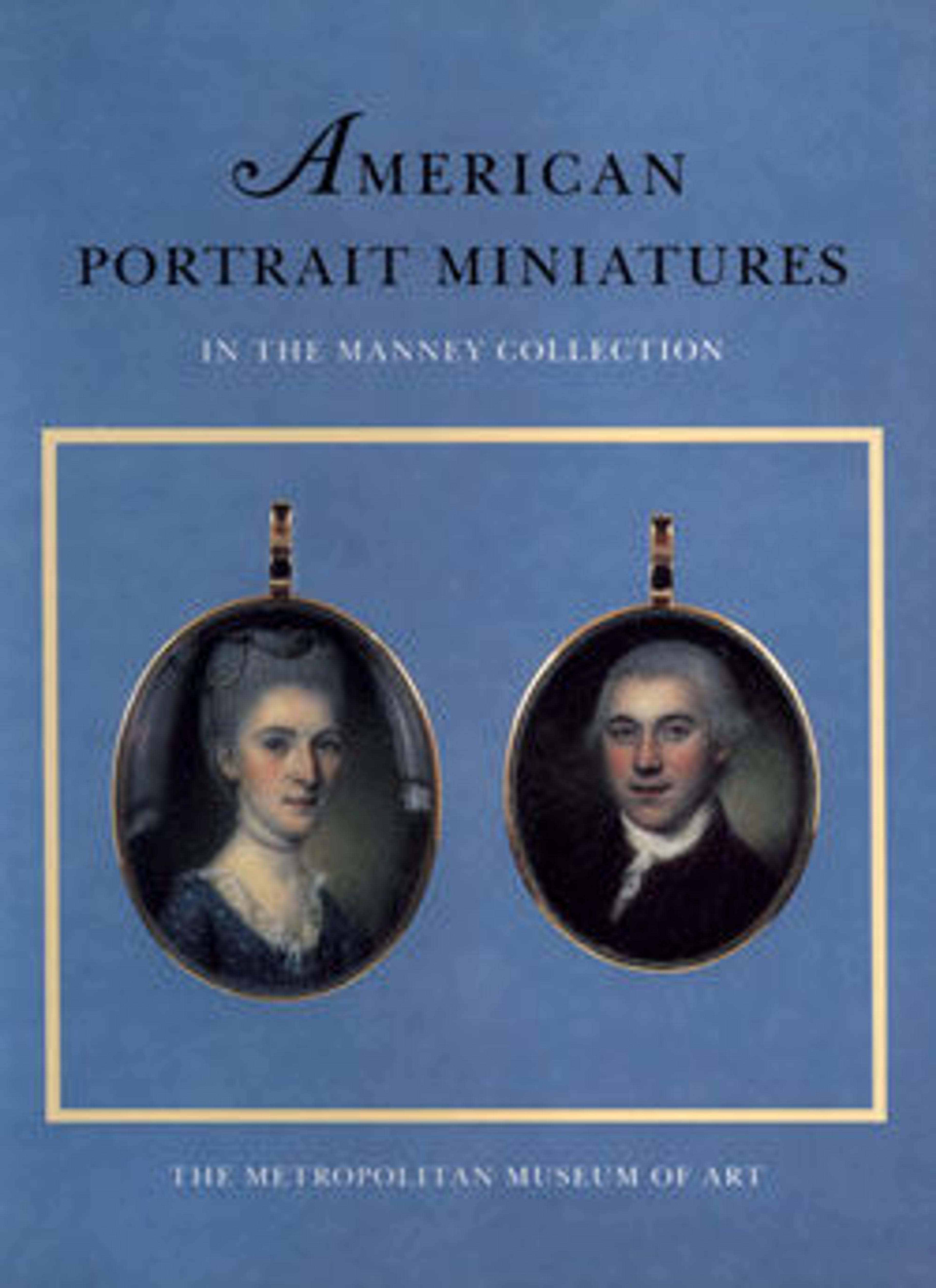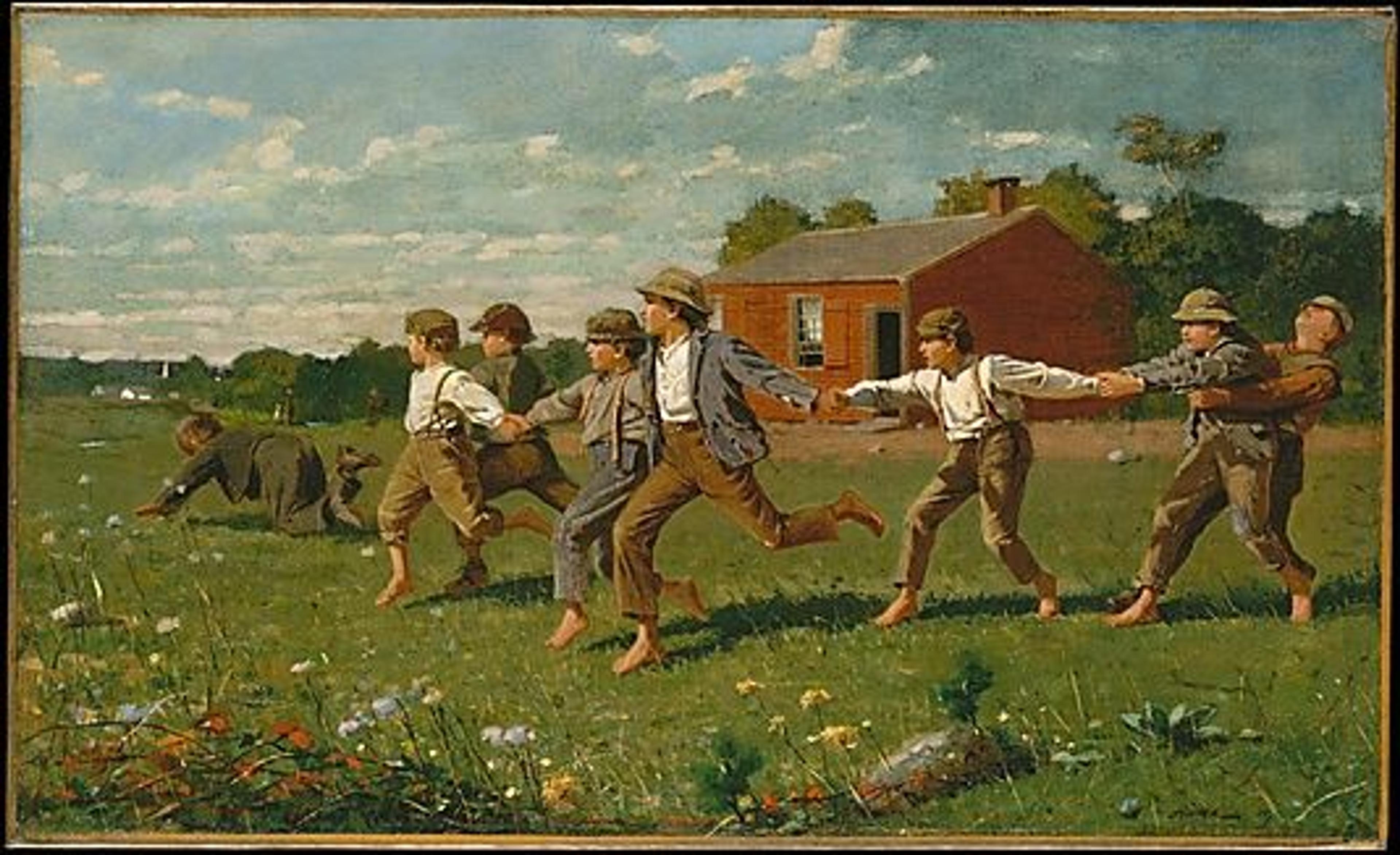
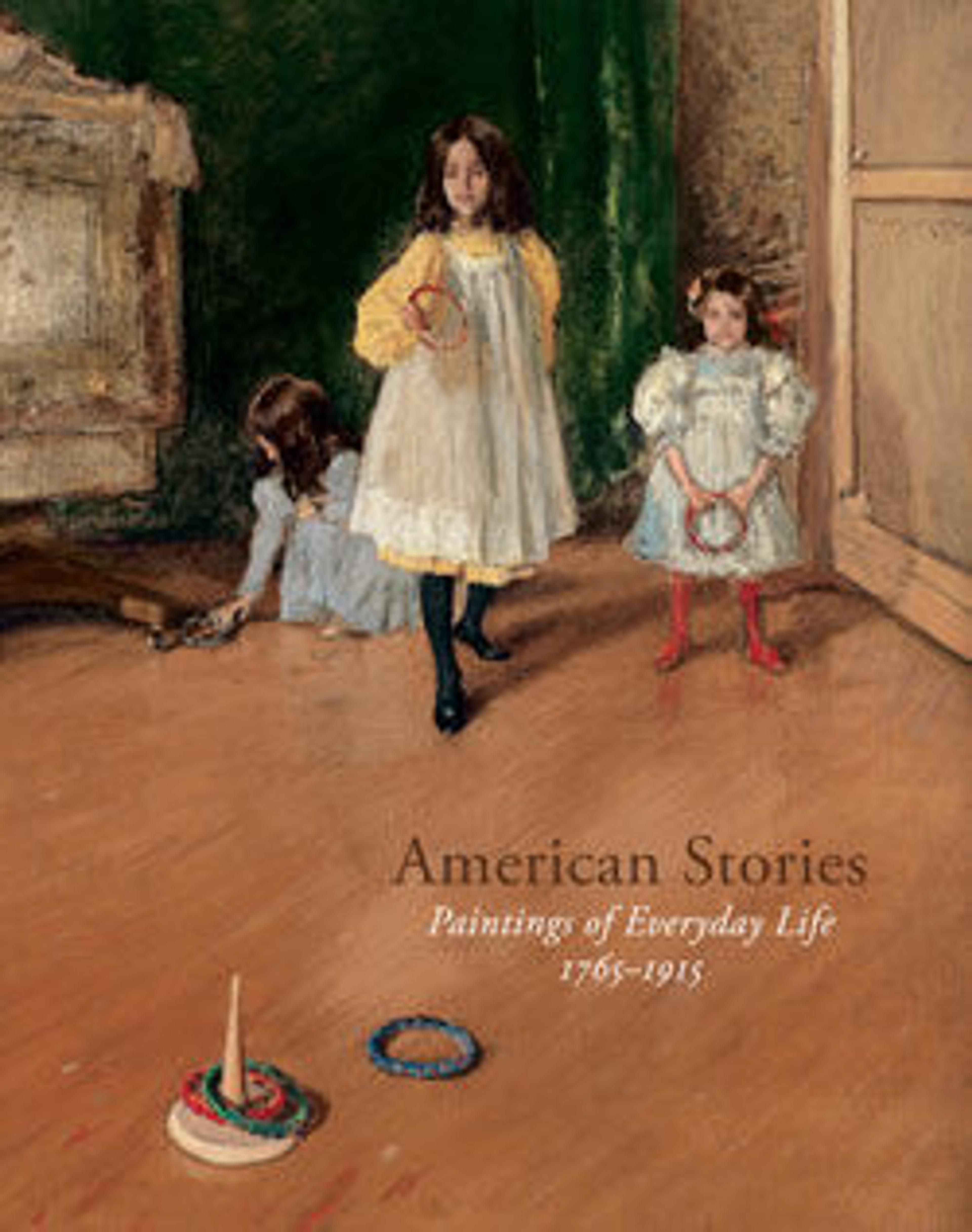
American Stories: Paintings of Everyday Life, 1765–1915
Accompanying a major exhibition at The Metropolitan Museum of Art, American Stories: Paintings of Everyday Life, 1765–1915 presents nearly two hundred extraordinary pictures that tell stories of ordinary people engaged in commonplace tasks and pleasures. The first overview of the subject in thirty-five years, this richly illustrated volume features masterpieces by John Singleton Copley, Charles Willson Peale, William Sidney Mount, George Caleb Bingham, Winslow Homer, Thomas Eakins, John Singer Sargent, Mary Cassatt, John Sloan, and George Bellows, as well as notable examples by some of their key colleagues. These artists captured the temperament of their respective eras, describing and defining in their best works the character of Americans as individuals, citizens, and members of ever-widening communities from the decade before the Revolution to the eve of World War I. The authors—all distinguished curators and scholars—look at how painters told stories through their selections of settings, players, and action, and various narrative devices. They also consider the artists' responses to foreign prototypes, travel and training, changing exhibition venues, and audience expectations. The persistence of certain themes—childhood, marriage, the family, and the community; the attainment and reinforcement of citizenship; attitudes toward race; the frontier as reality and myth; and the process and meaning of making art—underscores evolving styles and standards of storytelling.
Divided into four chronological sections, the book begins with the years surrounding the American Revolution and the birth of the new republic, when painters such as Copley, Peale, and Samuel F. B. Morse incorporated stories within the expressive bounds of portraiture. During the Jacksonian and pre-Civil War decades from about 1830 to 1860, Mount, Bingham, Lilly Martin Spencer, and others painted genre scenes featuring lighthearted narratives that growing audiences for art could easily read and understand. From 1860 to 1877, artists like Eastman Johnson, Homer, and Eakins responded to the Civil War and, going forward, encoded Reconstruction and the Centennial in pictures designed to help heal the nation's spirit. After the Centennial, Homer and Eakins—joined by colleagues who included William Merritt Chase, Sargent, Cassatt, Sloan, and Bellows—explored new subjects and narrative modes in the increasingly cosmopolitan age leading up to World War I. The result is a visually compelling account of the stories American artists chose to tell, how they told them, and how those stories have been read by observers over time.
Met Art in Publication
You May Also Like
Press the down key to skip to the last item.
Citation
Weinberg, H. Barbara, Carrie Rebora Barratt, Metropolitan Museum of Art (New York, N.Y.), and Los Angeles County Museum of Art, eds. 2009. American Stories: Paintings of Everyday Life, 1765-1915. New York : New Haven: Metropolitan Museum of Art ; Yale University Press.
